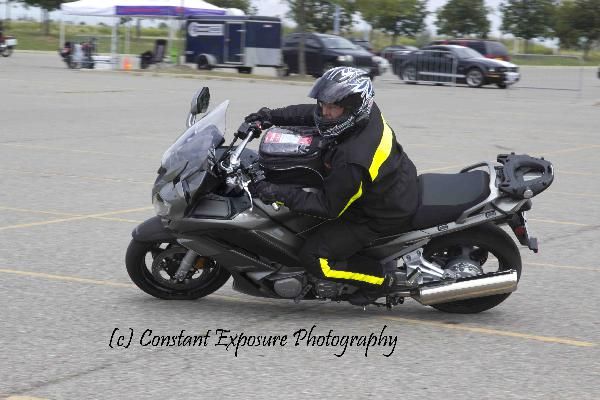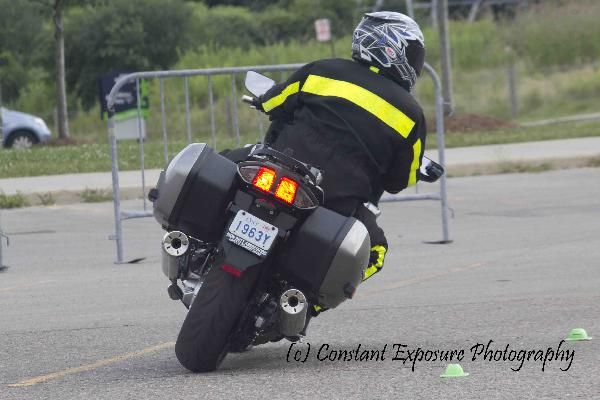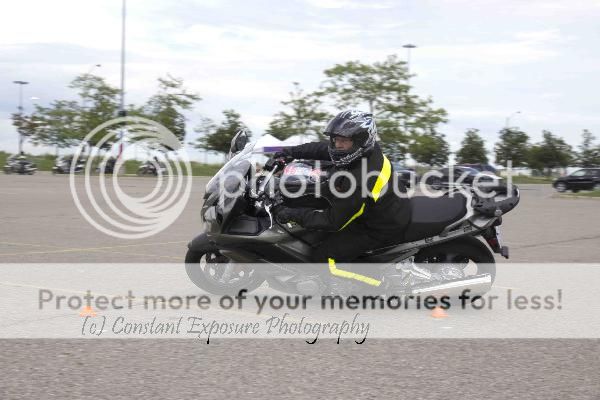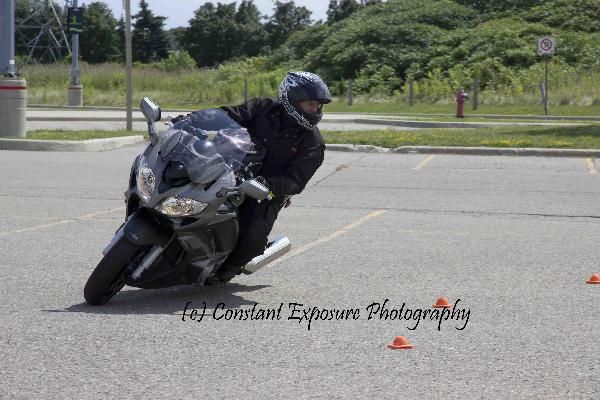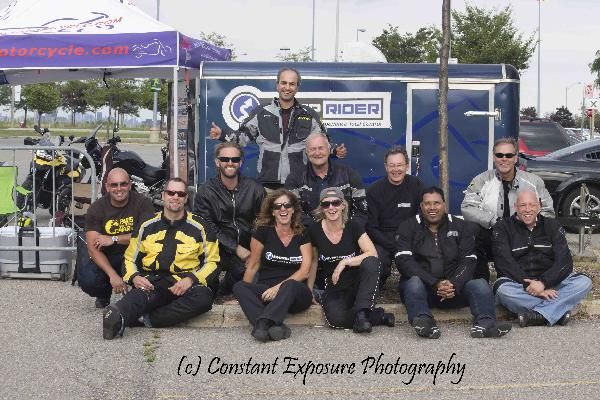Goodman4
Pressing on
I saw Lee Davis' post on braking in a curve in the NERDS forum after Dan braked and missed a curve and it brought up some questions that I've been struggling with. I am an intermediate rider with over 10 years experience. I usually ride a few thousand a year, but since getting the FJR, I've rode 10K this year alone and my riding style is expanding. I love the twisties and ride 2 up with the wife on the long trips where we try to hit the fun windy roads as our primary destinations. That is important setup because now you know what I want to be better and faster at, but also why I need to be even safer, too.
So basic questions before we get into advanced technique, please. I assume the perfect twisty curve is riding at a pace where you brake or engine-decelerate enough well before the curve entry to where you have very light acceleration as you set the lean angle and then add some acceleration through the curve. Is this correct? Also the best scenario for underestimating a curve angle is to leave enough room to increase the angle more in the curve and not be over the bike's (or your) capability. Correct?
But what about the mistakes? I (probably incorrectly) learned a long time ago to brake in the curve if you underestimate the angle (and there's no gravel). I try not to do it anymore, but it is second nature and I find myself hitting the brakes on at least a curve or two each trip. Now a little less basic question - should I feel like this occasional braking in the curve is a major mistake and spend my time training to NEVER hit the brakes after the lean is set, or should I focus on minimizing it and doing it better with more front and less rear?
I've thought about doing a track day to work on some of this, but I'm a little old, I don't want to increase my desire for fast corners even higher above my safety level, and I can't afford to have a wreck (body AND bike).
I'd like to hear some MSF and other official opinions, but also some other intermediate rider experiences with how they handle curves and braking.
Thanks!
Paul
So basic questions before we get into advanced technique, please. I assume the perfect twisty curve is riding at a pace where you brake or engine-decelerate enough well before the curve entry to where you have very light acceleration as you set the lean angle and then add some acceleration through the curve. Is this correct? Also the best scenario for underestimating a curve angle is to leave enough room to increase the angle more in the curve and not be over the bike's (or your) capability. Correct?
But what about the mistakes? I (probably incorrectly) learned a long time ago to brake in the curve if you underestimate the angle (and there's no gravel). I try not to do it anymore, but it is second nature and I find myself hitting the brakes on at least a curve or two each trip. Now a little less basic question - should I feel like this occasional braking in the curve is a major mistake and spend my time training to NEVER hit the brakes after the lean is set, or should I focus on minimizing it and doing it better with more front and less rear?
I've thought about doing a track day to work on some of this, but I'm a little old, I don't want to increase my desire for fast corners even higher above my safety level, and I can't afford to have a wreck (body AND bike).
I'd like to hear some MSF and other official opinions, but also some other intermediate rider experiences with how they handle curves and braking.
Thanks!
Paul


























































![fjackets Real Lambskin Leather Biker Jacket — Quilted Cafe Racer Zip Up Moto Leather Jackets For Men | [1100085] Johnson Brown, XL](https://m.media-amazon.com/images/I/41I7Pm1f+vL._SL500_.jpg)




